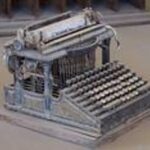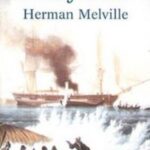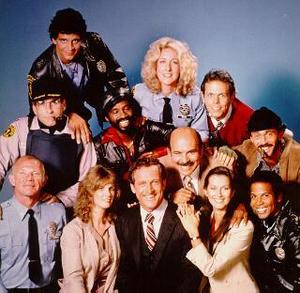How quickly an event can transpire is of interest to many people. Additionally, recording the particulars of such occurrences may generate intrigue on the part of one’s readers because of the role that descriptive narratives can play in replicating an experience, enriching our memory of something that happened, or giving a story unique personality. For these reasons, writers should strongly consider constructing texts that make speed an integral aspect of plot development.
In reflecting on speed last night and this morning, I moved through the incipient ideation stages to the culmination of my cognitive process. The final product read thus:
Fast and furious as a cat whose predatory curiosity brings it dangerously near defenseless prey, the bright round grey-yellow light of night began to fight with day. Dawning with the same slow celerity of molasses spilling over the edge of a wooden countertop, the sun’s unhurried movements-when juxtaposed to the fitful and frenetic efforts of the moon-made the latter seem even more hounded, harrowed.
In the aforementioned paragraph, the sun and moon are central to the development of the story’s primary motif: the daily battle of two stars attempting to be the preeminent source of light. While this theme is integral to the narrative’s development, speed also plays an indispensable role in unfolding events because it describes the celerity with which the moon responds to the sun’s attempt to displace it and become the sky’s most prevalent light. Indeed, stating that the moon moves “fast and furious as cat” makes the star’s speed one of its most visible characteristics, especially since few other adjectives or concepts are used to demonstrate the type of personality and proclivities that it has. The concept of speed becomes an even more salient aspect of the text’s evolution as the idea of the moon moving very fast is juxtaposed to the sun’s motion, which is marked by “slow celerity.” Thus, in addition to making the story a sphere where speed functions as a vehicle that enhances the reader’s understanding of unfolding combat between the sun and moon, the concept of rate and progress in motion is reemphasized through the conflation of fast and slow. Indeed, the phrase “slow celerity” situates speed in a context where it can be marked by the simultaneous presence and absence of speed. Or, if one deems the aforementioned summation too abstract or dubious, it could reference the uneasy coexistence of movement that is fast and leisurely. Irrespective of how one interprets the phrase, however, “slow celerity”-and the adjectives that describe the moon’s activity-reify the primacy that speed has in a narrative whose central motif is contention between two stars who want to occupy the sky’s center stage. In essence, speed functions as a vehicle through which the primary theme-star wars-becomes plain.
As made evident by the story above, the concept of speed can be stitched through narratives in innumerable ways that give one’s story depth and specificity. This is why I encourage writer’s who want to give their stories shape and substance to consider employing speed as a literary technique during such endeavors.
Jocelyn Crawley holds B.A. degrees in English and Religious Studies. Her work has appeared in Jerry Jazz Musician, Nailpolish Stories, Visceral Uterus, Dead Beats, Four and Twenty, and Haggard and Halloo. Other stories are forthcoming in Faces of Feminism and Calliope.
Related Articles From Jocelyn:
Writing Tips: Reading for Vocabulary Expansion
Writing Tips: The Power of the Paratext
Writing Tips: Reading to Expand Your Framework of Knowledge






